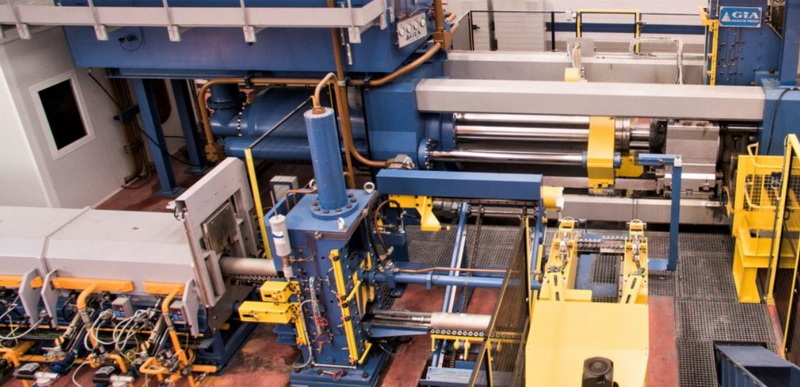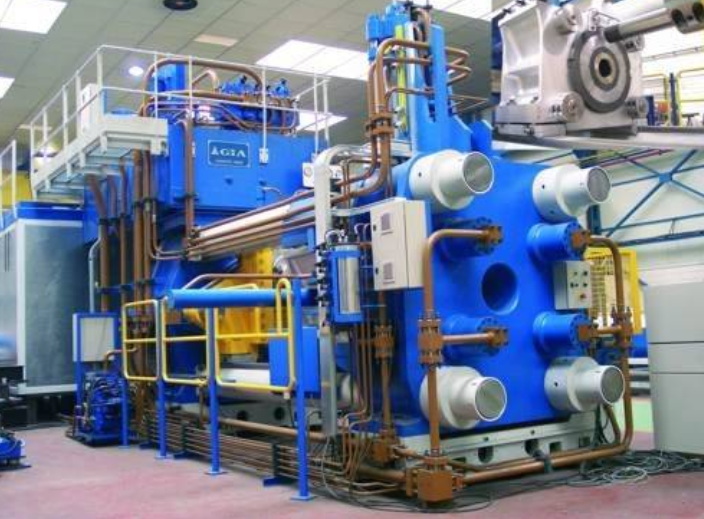Content Menu
● Introduction to Dosing Equipment
● Volumetric vs. Gravimetric Dosing
>> Volumetric Dosing
>> Gravimetric Dosing
● Dosing Equipment for Extrusion
>> 1. Gravimetric Dosing Systems
>> 2. Volumetric Dosing Systems
>> 3. Hybrid Dosing Systems
● Choosing the Right Dosing Equipment for Extrusion
● Advanced Features in Modern Dosing Equipment
● Maintenance and Troubleshooting of Dosing Equipment
● Environmental Considerations
● Future Trends in Dosing Equipment
● Conclusion
● FAQs
>> 1. What is the main difference between volumetric and gravimetric dosing?
>> 2. Which dosing system is more cost-effective?
>> 3. Can dosing systems handle different types of materials?
>> 4. How do environmental conditions affect dosing accuracy?
>> 5. What are the benefits of using hybrid dosing systems?
Extrusion is a widely used manufacturing process in various industries, including plastics, food, and pharmaceuticals. It involves forcing raw materials through a die to create a continuous product with a uniform cross-section. One crucial aspect of extrusion is the accurate dosing of materials, which ensures the quality and consistency of the final product. In this article, we will explore the types of dosing equipment best suited for extrusion applications, focusing on dosing equipment for extrusion.

Introduction to Dosing Equipment
Dosing equipment is designed to introduce precise amounts of materials into the extrusion process. The choice between different types of dosing equipment depends on factors such as material properties, desired accuracy, and production volume.
Volumetric vs. Gravimetric Dosing
There are two primary types of dosing systems: volumetric and gravimetric. Each has its advantages and is suited to different applications.
Volumetric Dosing
Volumetric dosing involves measuring materials by volume rather than weight. This method is simpler and more cost-effective but may lack precision, especially with materials of varying densities. Volumetric dosing systems are often used when high accuracy is not critical.
Gravimetric Dosing
Gravimetric dosing measures materials by weight, providing higher accuracy and consistency. It is ideal for applications requiring precise control over material ratios, such as in the production of high-quality plastics or pharmaceuticals.
Dosing Equipment for Extrusion
1. Gravimetric Dosing Systems
Gravimetric dosing systems are widely used in extrusion due to their high accuracy. They integrate directly with the extruder, eliminating the need for separate mixing steps. This continuous dosing process supports up to six components and offers quick-change dosing screws for easy material swaps.
2. Volumetric Dosing Systems
Volumetric dosing systems are simpler and more cost-effective than gravimetric systems. They are suitable for applications where accuracy is not as critical. These systems are highly efficient for injection molding and extrusion processes, especially when handling materials with consistent densities.
3. Hybrid Dosing Systems
Hybrid systems combine different dosing technologies to achieve specific production goals. For example, they can integrate batch blending with in-line gravimetric dosing, allowing for precise control over both main materials and additives. This flexibility makes hybrid systems ideal for complex production processes.

Choosing the Right Dosing Equipment for Extrusion
When selecting dosing equipment for extrusion, several factors must be considered:
- Material Properties: Different materials have varying densities and flow characteristics. Gravimetric dosing is more suitable for materials requiring precise weight measurement.
- Accuracy Requirements: High-accuracy applications, such as pharmaceuticals or high-quality plastics, benefit from gravimetric dosing.
- Production Volume: Volumetric dosing may be sufficient for lower-volume productions where cost is a priority.
- Integration and Flexibility: Consider how easily the dosing system can be integrated with existing equipment and how flexible it is for future changes.
Advanced Features in Modern Dosing Equipment
Modern dosing equipment often includes advanced features that enhance efficiency and accuracy:
- Automated Calibration: Many systems now offer automated calibration processes, reducing downtime and ensuring consistent dosing.
- Real-Time Monitoring: Real-time monitoring allows operators to adjust dosing parameters on the fly, improving product quality and reducing waste.
- Integration with Industry 4.0 Technologies: Some dosing systems can be integrated with Industry 4.0 technologies, enabling remote monitoring and predictive maintenance.
Maintenance and Troubleshooting of Dosing Equipment
Regular maintenance is crucial for ensuring the longevity and accuracy of dosing equipment. Common issues include clogged dosing lines, worn-out dosing screws, and calibration drifts. Troubleshooting these issues promptly can prevent production downtime and maintain product quality.
Environmental Considerations
Environmental considerations play a significant role in the selection and operation of dosing equipment. Systems that minimize waste and energy consumption are increasingly preferred. Additionally, ensuring that dosing equipment complies with environmental regulations is essential for sustainable manufacturing practices.
Future Trends in Dosing Equipment
The future of dosing equipment for extrusion is likely to involve more advanced automation and integration with digital technologies. This could include AI-driven predictive dosing systems that adjust parameters based on real-time production data, further enhancing efficiency and accuracy.
Conclusion
In conclusion, the choice of dosing equipment for extrusion depends on the specific needs of the production process. Gravimetric dosing systems offer high accuracy and are ideal for applications requiring precise material control, while volumetric systems are more cost-effective and suitable for less demanding applications. Hybrid systems provide flexibility by combining different dosing technologies.

FAQs
1. What is the main difference between volumetric and gravimetric dosing?
Volumetric dosing measures materials by volume, whereas gravimetric dosing measures by weight. Gravimetric dosing provides higher accuracy, especially with materials of varying densities.
2. Which dosing system is more cost-effective?
Volumetric dosing systems are generally more cost-effective, especially for initial setup costs. However, gravimetric systems can save costs in the long run by reducing material waste and improving product quality.
3. Can dosing systems handle different types of materials?
Yes, both volumetric and gravimetric dosing systems can handle a variety of materials, including powders, granules, and liquids. The choice depends on the specific material properties and production requirements.
4. How do environmental conditions affect dosing accuracy?
Environmental conditions like temperature and humidity can affect the accuracy of volumetric dosing systems. Gravimetric systems are less influenced by these factors, providing more consistent results.
5. What are the benefits of using hybrid dosing systems?
Hybrid dosing systems combine the strengths of different technologies, offering flexibility and precision. They can handle both main materials and additives with high accuracy, making them ideal for complex production processes.






















